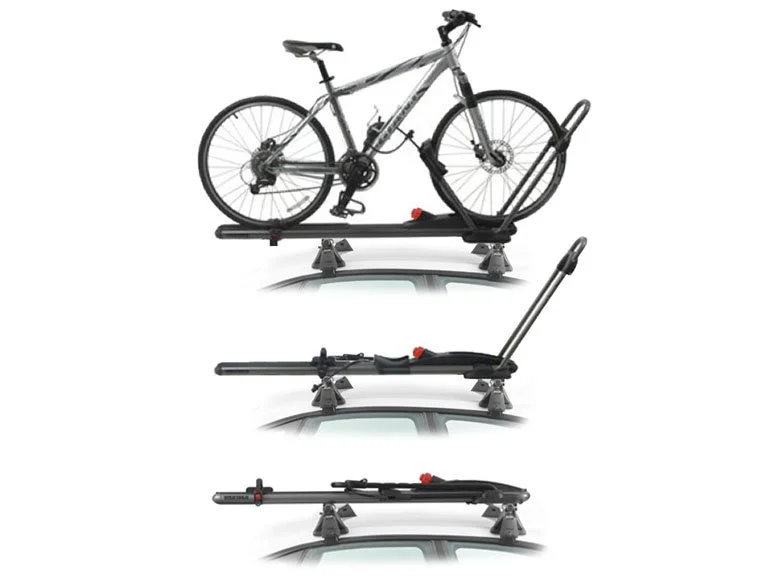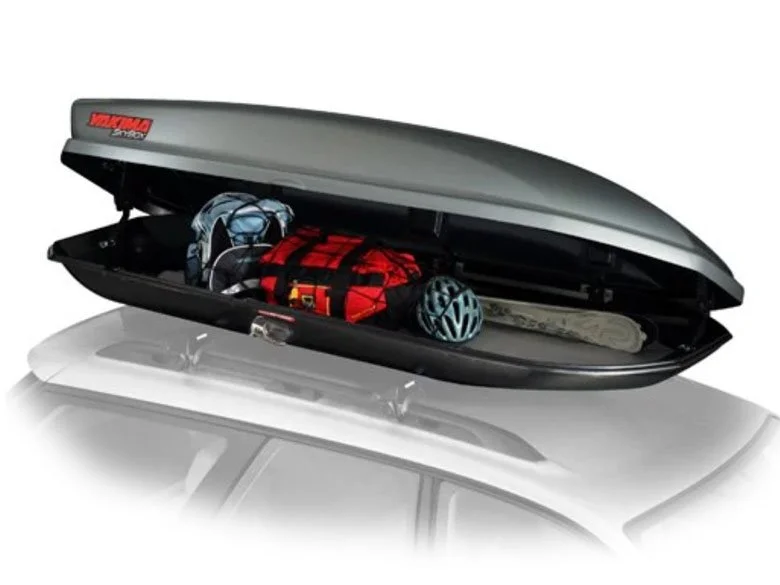Yakima Design Language
The design of two flagship products for rooftop cargo leader Yakima to establish the visual language for their forthcoming design direction, with subsequent products adhering to a similar look and feel.
Process
The project began with a research phase aimed at understanding how end users utilize their existing rooftop accessories. A report was generated to foster empathy with end users before delving into the design language development. This involved understanding the problem through research, ideating via rapid visualization, exploring solutions through prototyping, collecting user feedback through testing, and refining iteratively through cycles.
The problem
Develop a distinctive design language exclusive to Yakima products to distinguish them from competitors. Focus on enhancing ergonomics and user-friendliness through iterative design and a user-centered approach.
My role
Lead UX designer, Lead industrial designer, Product development, and UX researcher.
Contextual research
During the initial research phase, contextual studies were undertaken to firmly grasp the end users' needs. The team engaged with users within the real-world settings where products or services are utilized, seeking insights into the environmental, social, and cultural factors shaping user behavior and requirements. Users were categorized into archetypes, facilitating the advancement of user-centric design principles.
The HighRoller
The initial product showcasing the new design language was the HighRoller. Emphasis was placed on both design aesthetics and user experience, particularly regarding the locking interaction and bike loading. In this section, you can observe the exploration of visual language and interaction with the locking mechanism. The final version featured a twist-to-tighten and a push (of a large button) to release mechanism.
The SkyBox Pro
SkyBox Pro followed as next in line for re-branding. It is an integrated cargo box which allows users to customize the interior compartment. The cargo box pushes the new design language with simple facets and an organic, central surface. The box contains a cargo net and base pad for organization and gear protection. The new lid is stiffer than other boxes and vibrates less, making it easier to open and shut with one hand. The new aerodynamic shape reduces drag and cuts back on wind noise.
Takeaways
1. Impact: The design efforts put into these two products left a lasting impression on both customers and the company. This visual language was integrated into all of Yakima’s subsequent products and continues to be influential today. Coupled with Yakima’s forward-thinking approach to product development, this design language has enabled them to capture an even larger market share, solidifying their position as the world's leading brand of car racks, encompassing roof racks, bike racks, and hitch racks.
2. What I Learned: Working as a design consultant for Yakima taught me invaluable lessons. I deepened my understanding of product development intricacies while refining collaboration, communication, and problem-solving skills. Clear communication within multidisciplinary teams ensured alignment. Iterative design, driven by feedback loops, led to products tailored to user needs. Embracing ambiguity fostered flexibility and creative problem-solving. Empathy towards end-users was paramount, resulting in products that resonated with them. These experiences have profoundly influenced my approach to design and problem-solving in subsequent projects, enhancing my effectiveness as a designer.













